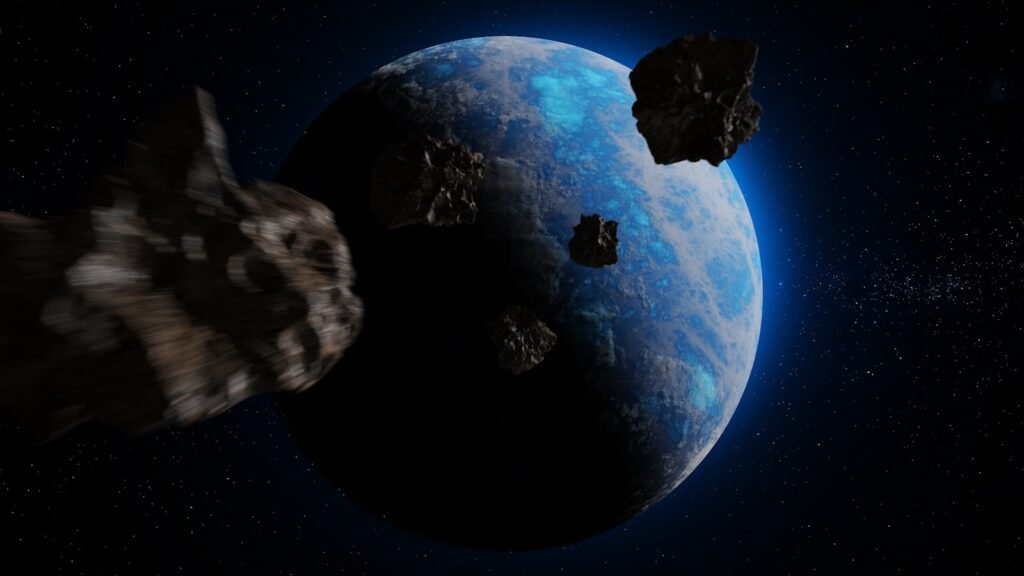Gold is having a moment again, and not a quiet one. Prices have stormed to fresh records in 2025 as central banks keep buying and investors rush toward safe havens, leaving jewelers juggling costs and policymakers fretting about supply. Meanwhile, a very different story is unfolding far beyond any mine shaft: metal‑rich asteroids orbit the Sun with caches of nickel, iron, and traces of precious metals locked inside. The idea sounds outrageous – and irresistible – at the same time. Could the next big gold discovery arrive not by drill but by deep‑space rendezvous? ([reuters.com](https://www.reuters.com/world/india/gold-hits-new-high-fed-rate-cut-hopes-dent-dollar-2025-09-16/?utm_source=openai))
The Hidden Clues

The most tempting hints come from M‑type asteroids – dense bodies that likely hold a mix of iron‑nickel and rock, with specks of platinum‑group metals and, yes, the occasional gold atom. NASA’s Psyche mission is now en route to a main‑belt world believed to be roughly one‑third to more than one‑half metal by volume, a planetary relic that may expose how cores form and metals concentrate. That’s not a mother lode waiting to be scooped; it’s a natural laboratory showing where metals hide and how. If you picture a cosmic foundry, dial back the fantasy and think core samples, spectra, and maps. I still remember the first time I held a slice of iron meteorite – it looked like frozen lightning and felt heavier than it had any right to be.
Psyche isn’t about mining; it’s about truth‑testing the metal world myth. Arrival is slated for mid‑2029, with a two‑year orbit to image, sniff out remnant magnetism, and count elements from orbit using a gamma‑ray and neutron spectrometer. If the asteroid’s surface proves to be a patchwork of metal and silicate, as current models suggest, that alone reframes how we think about where precious metals might collect in space. A clearer picture of metal distribution could guide future prospectors toward nearer, smaller targets rather than a single glittering prize. The science comes first, but it may redraw our treasure maps.
From Ancient Tools to Modern Science

Gold’s grip on human history runs from Bronze Age jewelry to modern microchips, but the supply story is getting tighter. The World Gold Council reports that total demand in 2024 set another annual record, powered by robust central bank purchases and a resurgence of investment – even as jewelry buyers scaled back at high prices. In 2025, spot prices in several markets punched to never‑seen levels, the kind of moves that make miners cheer and consumers flinch. This squeeze is the backdrop for renewed interest in space resources: when Earth’s ore grades fall and extraction grows costlier, new frontiers start to look less like science fiction and more like strategy. Space isn’t a shortcut; it’s a different playbook.
home – carefully. In September 2023, NASA’s OSIRIS‑REx delivered over 250 grams of Bennu to Utah (including a 121.6-gram bulk sample), the largest ever asteroid sample returned to Earth. That payload wouldn’t move any commodity market, but it proves the pipeline: survey, sample, return, analyze. Each gram is a breadcrumb toward knowing which asteroids are worth visiting and why, and how to do it without losing precious material on the way. The first generation of space miners, if they come, will owe a debt to these meticulous couriers.
Why It Matters
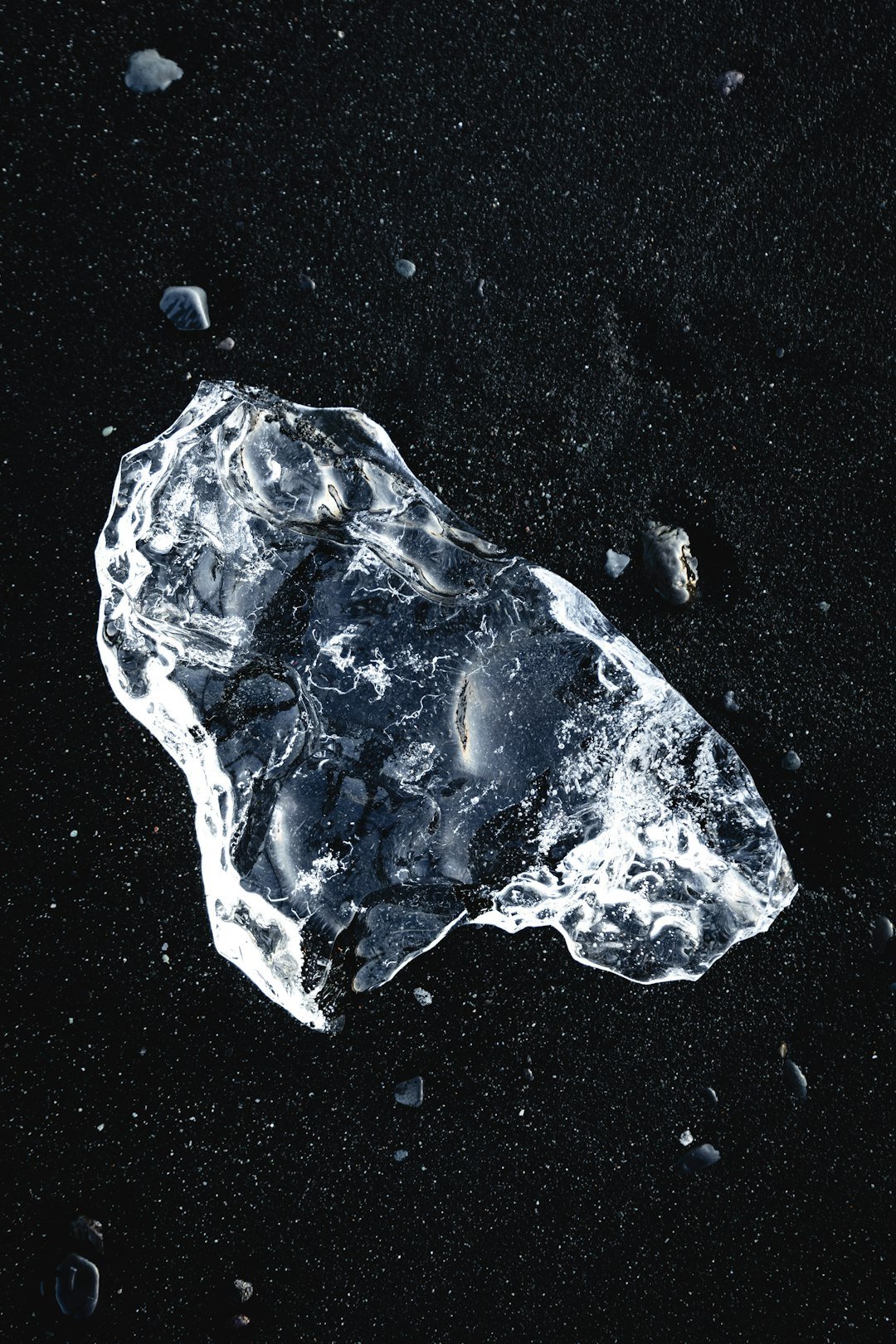
Asteroid‑derived metals are not about dumping tons of gold into global vaults next decade; they’re about optionality in a world of constraints. Traditional gold mining can be enormously capital‑intensive and environmentally fraught, especially at lower ore grades and in fragile ecosystems. By contrast, the most valuable space resources in the near term are likely water and metal feedstock used in space, not bullion shipped to Earth, because avoiding Earth’s gravity can be worth more than the metal itself. Analysts who crunch the numbers keep finding that in‑space propellant and construction materials pencil out sooner than metals reentry. The headline isn’t “space invades gold”; it’s “space changes the cost curve.”
Consider a few anchor facts that shape the debate: – Central banks have added more than roughly a thousand tons of gold per year for several years, keeping demand elevated even as jewelry softens. – Reusable rockets have slashed practical launch costs compared with the expendable era, enabling more exploration and proving repeated access is possible. – Sample‑return success shows planetary materials can be handled, curated, and studied on Earth at high scientific fidelity. Those three threads – demand, access, and know‑how – explain why “asteroid mining” keeps resurfacing whenever gold hits new peaks.
The Price of Delivery
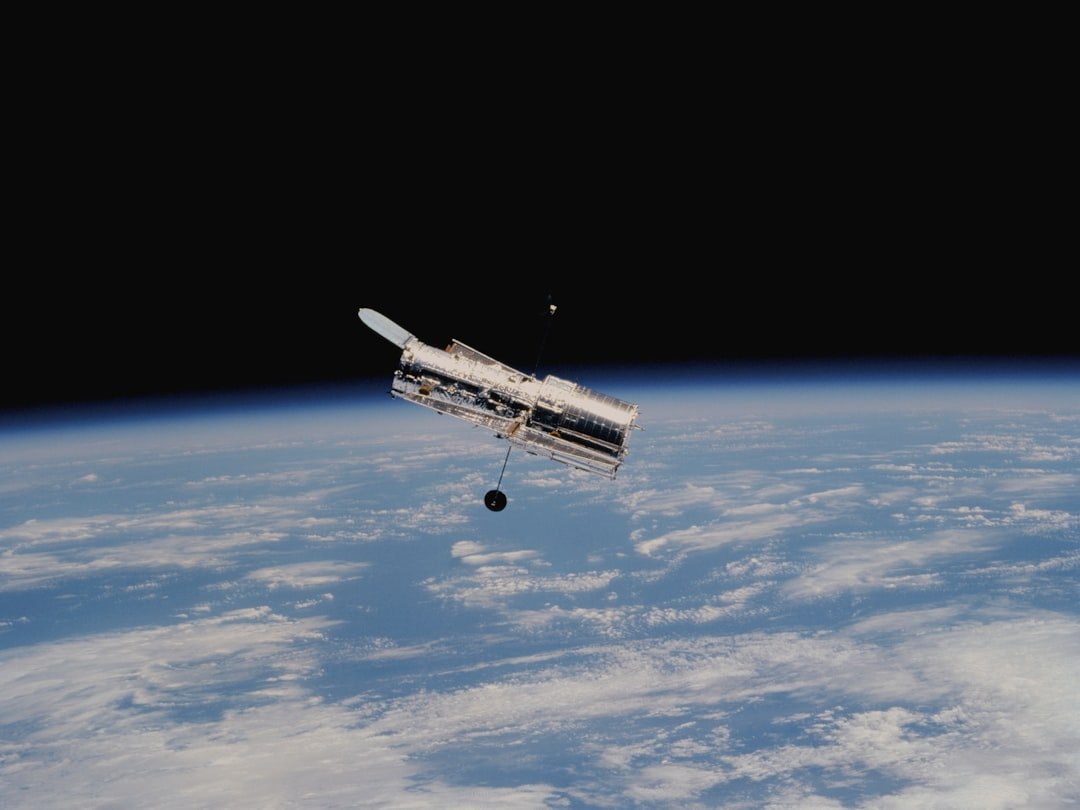
Here’s the hard part: moving mass between worlds is punishing. Every kilogram you want to bring back needs propulsion, protection, and a fiery reentry plan, plus insurance for everything that can go wrong. Today’s economics suggest that returning bulk metals to Earth is a stretch until flight rates rise and costs fall further. The numbers get more interesting if you keep the metal in space – turning asteroid iron into structural beams or propellant tanks where they’re needed. In that scenario, near‑Earth asteroids become depots rather than mines, and the market sits in cislunar space, not on the London fix.
Even clever mission designs that exploit celestial mechanics to nudge small objects toward Earth’s neighborhood only get you so far. Extra‑low‑energy trajectories exist, but they work best for tiny targets and come with years‑long timelines. And every capture or processing step multiplies risk. It’s less a gold rush than a tightly managed logistics chain, where throughput rates and reliability matter more than any single chunk of ore. If asteroid mining works, it will look like a supply network, not a treasure hunt.
Global Perspectives

Law, not just physics, will decide how fast this accelerates. The United States’ 2015 SPACE Act recognizes rights to resources extracted by U.S. entities, while Luxembourg’s 2017 law and Japan’s 2021 framework carve similar paths for their companies. The Artemis Accords, now signed by dozens of nations, endorse resource use consistent with the Outer Space Treaty, leaning on transparency and “safe‑zone” coordination to deconflict operations. Not every spacefaring nation agrees with those interpretations, but the center of gravity is moving toward regulated utilization rather than prohibition. That legal scaffolding gives investors something to underwrite beyond a PowerPoint.
Policy also shapes who benefits. Countries betting early on space resources may capture high‑skill jobs from robotics to materials processing, even if the first revenue comes from water and structural metals, not gold. Meanwhile, terrestrial gold hubs – from refining centers to bullion markets – will watch closely for signals that space metals could dampen or reshape demand. If the next decade yields clear, lawful pathways to extract and trade space resources, expect alliances between mining majors, launch providers, and sovereign funds that treat asteroids as infrastructure, not windfall. The winners will be those who marry planetary science to careful governance.
The Science of Space Metals
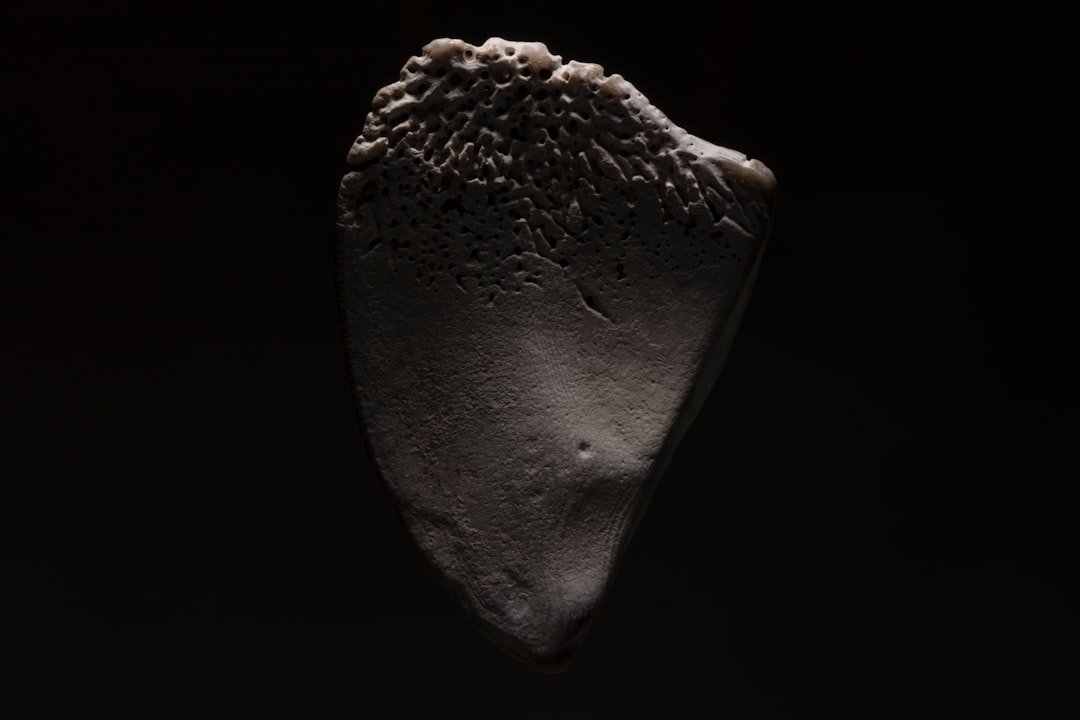
So where does the gold actually hide? In most metal‑rich asteroids, precious metals are sparse, alloyed within iron‑nickel matrices or trapped in sulfides, far from the nugget fantasy. Missions like Psyche aim to decode the formation history – was the metal once a core, a rubble pile, or something stranger – because that history predicts where trace elements concentrate. Remote sensing tools such as neutron and gamma‑ray spectrometers can fingerprint elements, while magnetometers reveal whether a body ever generated a core field. Each dataset is a clue about how metals sorted themselves during the Solar System’s violent youth. That detective work is slow, but it’s how you find a vein before you ever swing a hammer.
Earthside sample returns sharpen the picture. Bennu’s carbon‑rich crumbs, while not metal‑heavy, validate that asteroid materials can be safely captured, curated, and parsed for geology, chemistry, and organic compounds. With each gram cataloged, scientists refine models of asteroid diversity, porosity, and cohesion – factors that determine whether a harvester could drill, saw, heat, or simply bag loose regolith. The same curation protocols that keep contamination out of research also mirror the quality controls a future commercial chain would need. In other words, science is quietly building the playbook industry will depend on.
The Future Landscape
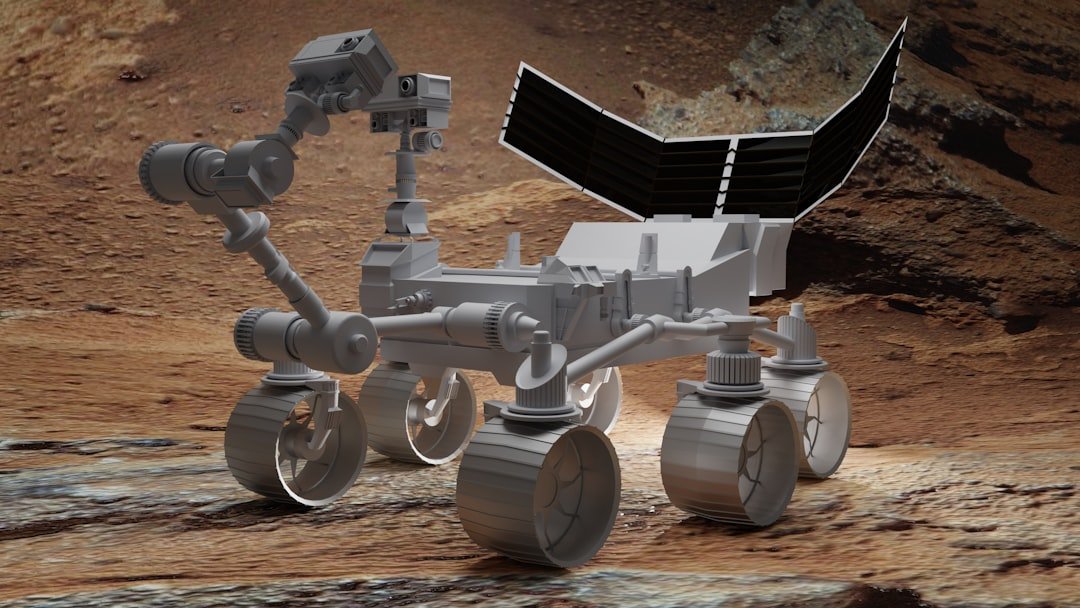
What’s next is less a single breakthrough than a bundle of advances arriving together. Higher flight cadence from reusable rockets keeps ratcheting down operational barriers, while autonomous robots and in‑space 3D printing promise to turn raw asteroid material into useful hardware off‑Earth. Expect early pilots to target water‑rich near‑Earth asteroids, proving extraction and processing at kilogram scales before anyone dreams in tons. As costs stabilize, small swarms of specialized craft – prospectors, scoopers, refiners – could divide the work the way modern mines do. The prize isn’t shiny bars on a cargo plane; it’s propellant depots and trusses humming in cislunar space.
There will be friction. Insurance markets need loss histories that don’t exist yet; export controls and debris mitigation will set the tempo as much as physics; and commodity traders will demand transparent assays and custody chains before assigning value to any space‑sourced metal. Meanwhile, Earth’s environmental ledger keeps getting louder. If asteroid resources someday reduce pressure on the most fragile terrestrial sites, that’s a win – provided space operations meet strict sustainability standards of their own. Ambition without guardrails would simply move problems from rainforest to vacuum.
How You Can Engage
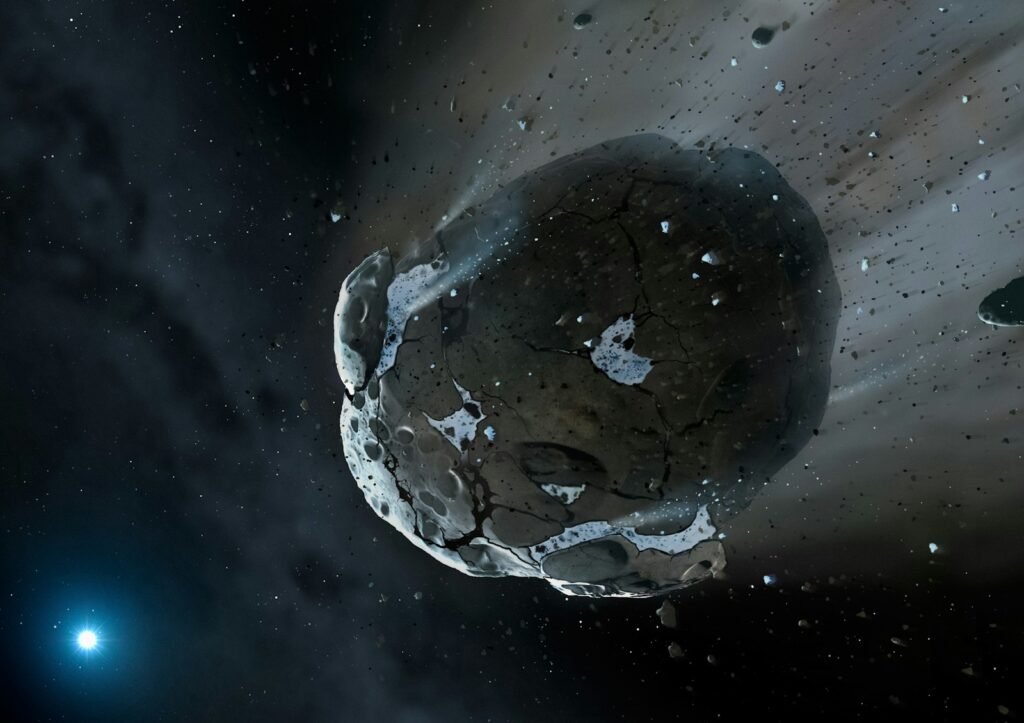
Start by following the science that makes all this real. Track NASA’s Psyche updates and sample‑return results from Bennu; the data are public, and the mission pages are a masterclass in how planetary science is done. If you invest, learn how central‑bank buying, jewelry demand, and technology use shape gold markets so you can separate hype from signal when “asteroid gold” trends. Curiosity is your best defense against overblown claims.
Closer to home, support cleaner gold. Look for jewelers and refiners that prioritize recycled metal and mercury‑free sourcing, and back initiatives that help small‑scale miners shift away from toxic techniques. If you’re an educator or student, join citizen‑science projects tied to asteroid surveys or spectroscopy; if you’re a policymaker, keep an eye on evolving resource‑use norms under the Artemis Accords. The path from space rock to real‑world impact runs through informed publics, not just launch pads.

Suhail Ahmed is a passionate digital professional and nature enthusiast with over 8 years of experience in content strategy, SEO, web development, and digital operations. Alongside his freelance journey, Suhail actively contributes to nature and wildlife platforms like Discover Wildlife, where he channels his curiosity for the planet into engaging, educational storytelling.
With a strong background in managing digital ecosystems — from ecommerce stores and WordPress websites to social media and automation — Suhail merges technical precision with creative insight. His content reflects a rare balance: SEO-friendly yet deeply human, data-informed yet emotionally resonant.
Driven by a love for discovery and storytelling, Suhail believes in using digital platforms to amplify causes that matter — especially those protecting Earth’s biodiversity and inspiring sustainable living. Whether he’s managing online projects or crafting wildlife content, his goal remains the same: to inform, inspire, and leave a positive digital footprint.

